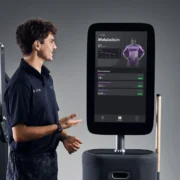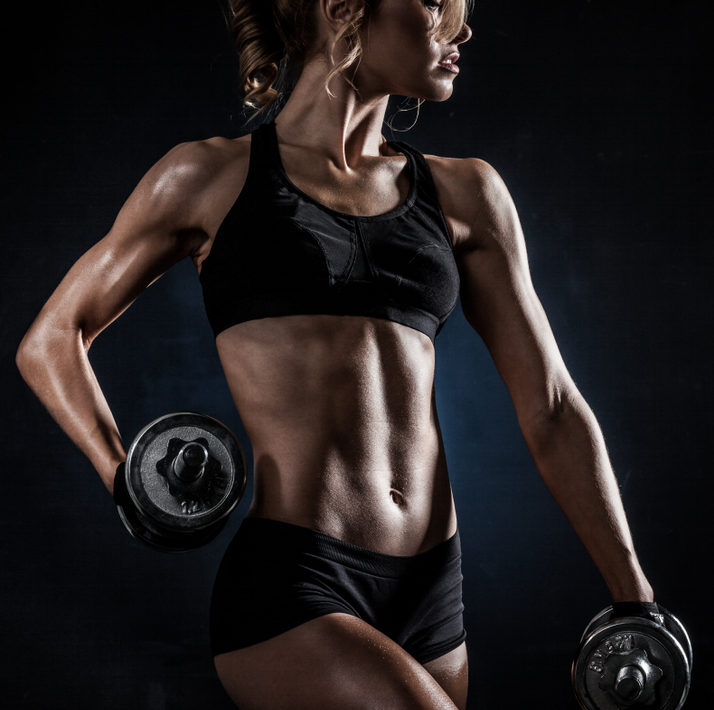3 Fast-Rising Wellness Categories Championed by Gen Z

Gen Z and millennials are leading a generational shift toward healthier habits, one analyst says—and it’s showing up in their spending. Here’s how gyms and wellness brands can keep pace
It might be easy for older generations to dismiss the wellness trends dominating TikTok, but the constant focus on health and fitness topics—ranging from protein and vagus nerve stimulation to cold plunges and supplements—could be fueling growth in wellness-related stocks.
There’s a reason active nutrition aisles are expanding at retailers like Wegmans, and Target endcaps are stocked with non-alcoholic craft beers like Bero, snacks and sodas are getting the ultimate health edit and local pickleball courts are packed: Gen Z and millennials are channeling their spending toward wellness-focused products and experiences.
It’s what one Bank of America (BofA) analyst described in a recent note as a “generational shift toward healthy habits.” According to the institution, as recapped by Investing.com—three areas in particular are flourishing: fitness spending, leisure-based activities and goods in the non-alcoholic beverage and anti-aging categories.
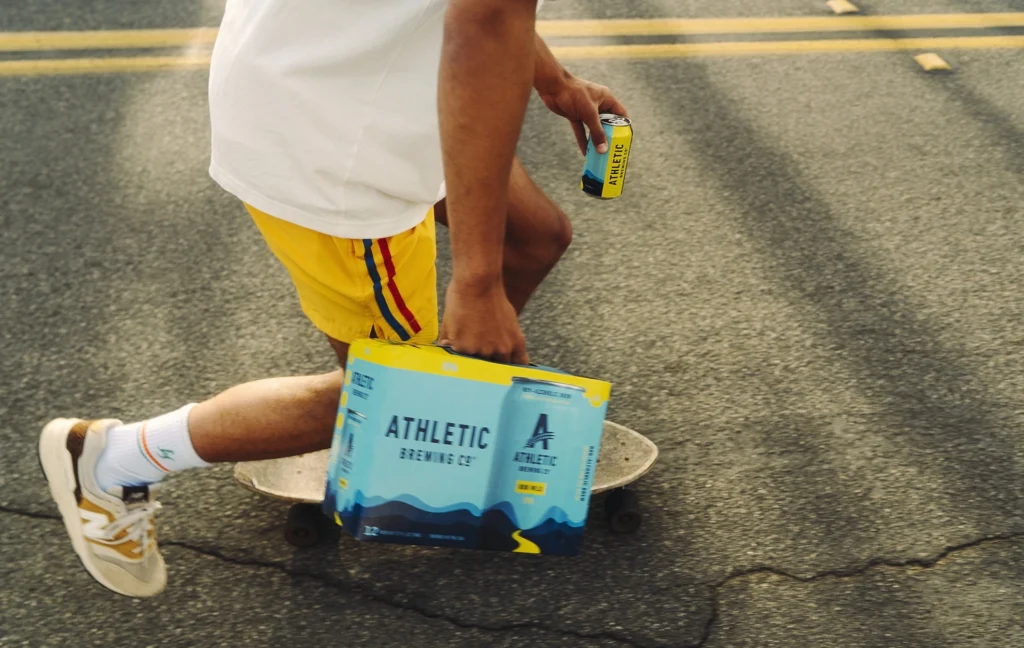
BofA credit and debit card data showed a 7% year-over-year increase in fitness spending in February, according to the note, with foot traffic growth to fitness establishments “well-surpassing bars/pubs.” Analysts also pointed out that non-alcoholic beer and seltzer sales have exceeded traditional alcoholic beverages by 28 percentage points since 2021. Google searches for “cold plunge” and “red light therapy” have also seen a sizable uptick.
In line with its Gen Z and millennial-related assessments, BofA listed luxury athletic country club operator Life Time, HVLP fitness leader Planet Fitness and SharkNinja—makers of a new FDA-cleared CryoGlow LED face mask—as its top wellness stock picks.
For fitness operators looking to gain an edge over Gen Z–loved HVLP leaders, ramping up their social media presence may be key. According to findings released earlier this year by Chatmeter, 55% of Gen Z report consulting social media when scoping out a new gym. They’re also open to snapping gym selfies, as 56% of Gen Z and 40% of Millennials surveyed said they’ve taken photos or videos of themselves at the gym, making camera-ready spaces another consideration. Notably, Gold’s Gym SoCal is adding special rooms for amateur and professional gym goers to create content in private.
TikTok Trends Fueling a Wellness Spending Surge
Meanwhile, TikTok—which had 170 million American users and 7 million U.S. businesses on its platform in 2024—has seen its TikTok Shop explode, reinforcing the trends reported by BofA.
Launched in the U.S. in September 2023, TikTok Shop allows its app users to make purchases directly on the platform, making it the fourth most popular social commerce platform in the country. Gen Z (78% of whom use TikTok as of 2023) identified the app as their go-to shopping platform, with more than half (52.5%) using TikTok monthly for shopping or product discovery.
It’s an undoubtedly powerful and frictionless platform for capturing the wallet share of Gen Z and millennials—according to a recent report from Capital One, nearly 80% (79.3%) of TikTok Shop sales in the U.S. are health and beauty products and in 2024 alone, such sales on TikTok Shop totaled an eye-watering $1.34 billion ($63.70 per buyer). It’s likely to increase, as Capital One projects that the number of TikTok shoppers will grow 5.91% annually to 55.6 million by 2027.
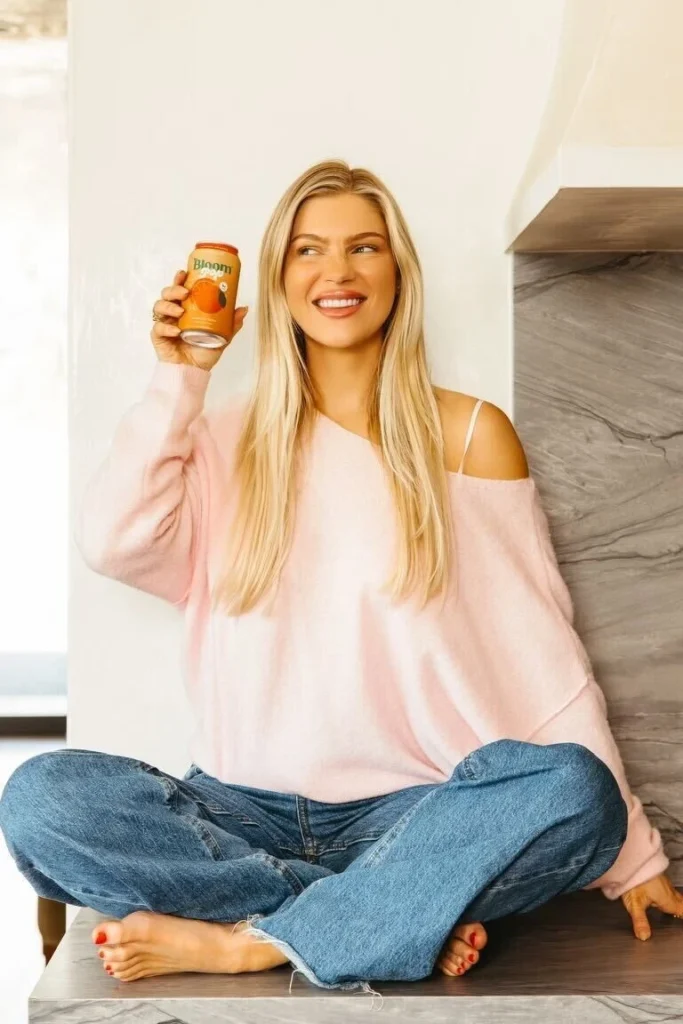
Fitness operators and startup health and wellness brands might also consider teaming up with a like-minded creator or influencer—and they’d be wise to take advice straight from the source: 62% of TikTok users say that creator or influencer collaborations are the most effective way for brands to connect with their audience.
Although Gen Z tends to dominate the consumer spending conversation, Lesley Silvestre, director of customer success at Zenoti—the software powering major wellness brands like European Wax Center and CorePower Yoga—reminds us to remember millennials’ purchasing power.
“They are willing to spend more money on services, and they’re willing to invest in a higher level of service, too,” Silvestre told Athletech News. “We’re seeing that shift as far as their priority in wellness and overall health.”
Echoing BofA’s outlook, Silvestre also sees a rise in bookings for services that blend beauty with wellness and longevity — including red light therapy, IV treatments and peptides.
“People are really concerned about not just living longer, but they actually want to be healthy longer,” she says.
Wellness Preferences Spill Into Work & Home Life
Beyond enjoying non-alcoholic beers and purchasing red light therapy masks with the click of a button, the wellness-focused preferences of younger generations are creating ripple effects across other sectors—from workplace culture to residential design.
Investing in a corporate wellness program can pay off in attracting and retaining younger workers, considering nearly 71% of Gen Z and Millennials would quit their jobs in favor of one that better supports their overall well-being, according to a 2023 survey from Lifesum, a healthy eating platform.
When it comes to real estate, however, Gen Z and millennials may find themselves stuck. Homeownership remains out of reach for many, with purchase rates flatlining in 2024 due to low inventory and housing costs continuing to climb, according to Redfin. As a result, many are opting to rent—not only for the flexibility it offers but also amid ongoing economic uncertainty.
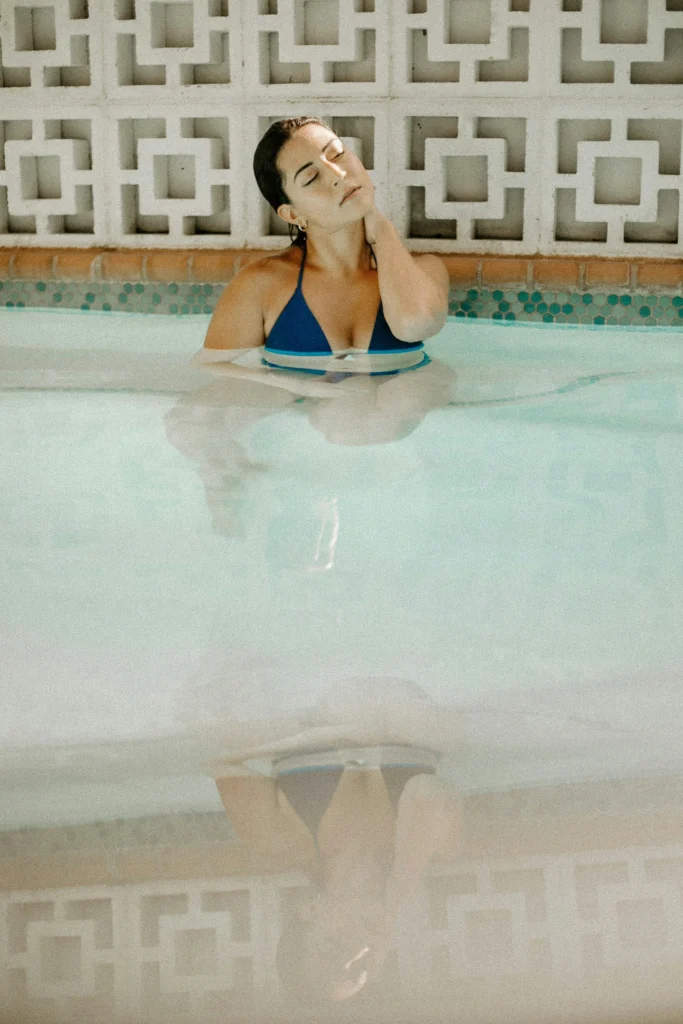
However, the challenging housing outlook could drive increased demand for residential and mixed-use developments that offer more than the standard, rarely-used gym. Already, developers are increasingly incorporating amenities like green spaces for moments of zen, pickleball courts, rooftop pools, saunas and well-equipped fitness spaces to adapt to the wellness-focused lifestyles of residents.


